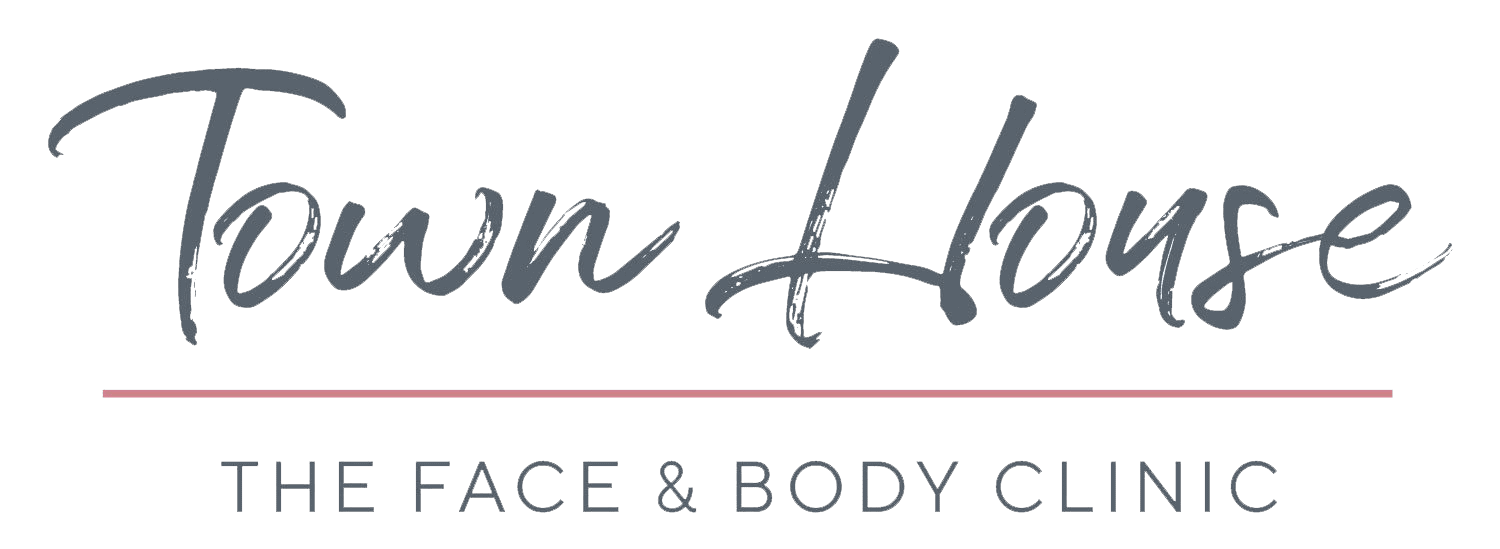Skinscope Skin Analysis
Understand your skin with cutting-edge LED technology at Town House clinic.
Evaluate Your Skin Type with SkinCeuticals SkinScope Analysis
SkinScope is the next generation of portable, full-face diagnostics, designed to reveal underlying skin concerns before they rise to the surface. Some skin conditions are visible in everyday light, whilst some are only visible under UV light, which highlights sub-surface skin damage.
SkinCeuticals SkinScope LED Explained
Fluorescence is caused when one radiation wavelength is absorbed by a compound which is reflected back at a different wavelength. Certain compounds excite electrons in molecules that change the wavelength energy such that it converts from shortwave UV light to longer wave visible light.
When a specific range of UV light (320-365nm) illuminates skin, it reacts in different ways based on what it comes in contact with. Melanin absorbs the light showing as an absence of colour, but other compounds “excite” follicular fluorescence in the skin, changing the wavelength to colours visible to the human eyes. Based on the visible shades that are reflected back from the skin, characteristic diagnosis can be made.
The SkinScope LED builds on the tradition of the wood’s lamp science, while incorporating a new, more precise UV-light visibility. Sturdy, solid-state UV-emitters are more durable than fragile wood’s lamp bulbs while the modern, professional aesthetic features brushed white aluminium.
Developed for skincare professionals to educate their clients on the importance of proper skincare, the SkinScope LED includes two light modes: Daylight, and LED-UV, and allows for the use of any smartphone to document the consultation with a universal smartphone visor.
Features and Benefits of SkinScope Analysis
Diagnostic Modes of SkinScope Skin Analysis
While some skin concerns and imperfections are visible in everyday light, some will only be visible under UV light which highlights damage beneath the skin’s surface by detecting skin’s fluorescence. The SkinScope LED has two light modes: simulated Daylight mode for reviewing visible skin conditions and concerns, and a LED-UV light mode for reviewing skin fluorescence (emitted at 320- 365nm). Both lights are produced by solid-state UV emitters dispersed by six polished chrome mirrors.
1. DAYLIGHT The simulated Daylight mode allows for the clear illumination of ‘visible’ concerns to the patient and skincare professional. The diagnostic advisor can pinpoint what concerns the patient has and can highlight areas of redness, irritation, visible dryness, oiliness, wrinkles, and pigmentation.
2. LED-UV 320-365nm The LED-UV mode illuminates sub-surface imperfections visualised by the fluorescence of the skin. This brings to life concerns that may be faintly visible in daylight but are acutely emphasised under UV light. While healthy skin reflects back UV light creating a blue glow, melanin in the skin absorbs the light showing as dark spots on the surface of the face. Similarly, congested pores give off pink or orange fluorescence, oily skin is visible in a yellow color, and dry flaky skin shines as bright white fluorescence. Large patches of darker blue indicate areas of thinner, dehydrated skin.
The Science of Fluorescent Technology To Analyse Skin
Fluorescence is caused when one radiation wavelength is absorbed by a compound which is reflected back at a different wavelength. Certain compounds excite electrons in molecules that change the wavelength energy such that it converts from shortwave UV light to longer wave visible light.
When a very specific range of UV light (320-365nm) illuminates skin it reacts in different ways based on what it comes in contact with. Melanin absorbs the light showing as an absence of color, but other compounds ‘excite’ follicular fluorescence in the skin, changing the wavelength to colors visible to the human eye. Based on the visible shades that are reflected back from the skin, characteristic diagnoses can be made. Propionibacterium acnes, for example, are a bacterium implicated in acne causation which always glow an orange/pink color. Drier skin flakes from poor desquamation will fluoresce a bright white color. Healthy skin will fluoresce a homogenous light blue, while lipid deficient or thinner skin areas will be indicated by darker shades of blue.
CONSIDERATIONS
- Fitzpatrick skin types 4-6 may be more difficult to assess in the SkinScope LED as a baseline of endogenous melanin exists. You will be able to assess blocked comedones and p-acnes by following the color guide.
- Some deodorants, soaps and lint can fluoresce under LED-UV light.
- Diagnostic assessment can be skewed if the patient is wearing makeup or sunscreen. Ideal conditions call for a clean, makeup and sunscreen-free face and neck.
- Washing the face right before diagnosis can create a false-negative result.
Discover Town house Clinic
Discover Town house Clinic
Contact Town House Clinic Today
See Our Client Reviews
CONTACT
- 17 Albany Road, Cheltenham, GL50 2UN
- 07940 428282
- enquiries@townhousefaceandbodyclinic.co.uk

© 2024 Town House | The Face & Body Clinic
